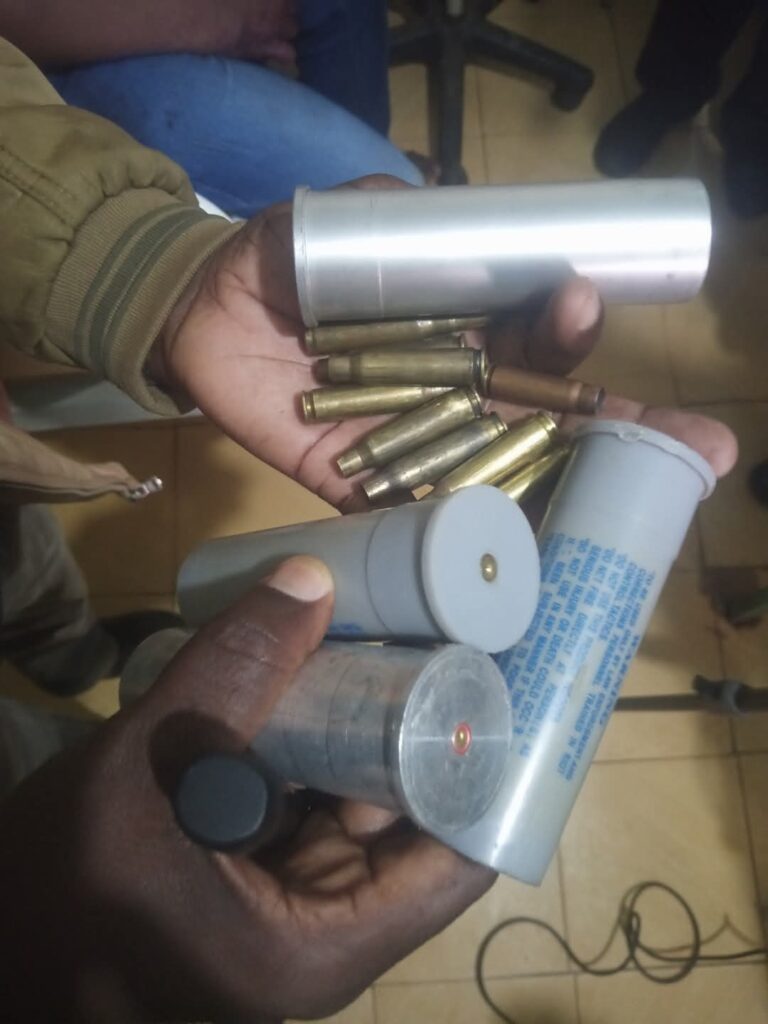By Jeff Kirui
Today, what began as a routine assignment turned into a nightmare at Angata Barrikoi, Narok County, when a protest over a disputed land demarcation spiraled out of control. Five people lost their lives, and several others — including police officers — were injured.
As a journalist, I thought I was simply covering another peaceful demonstration. But the mood on the ground quickly turned tense. Protesters, angered by the planned land demarcations, had barricaded all access roads, creating a volatile and dangerous atmosphere. Moving cautiously through the blocked paths, we struggled to reach Angata Health Centre, hoping to gather information.
Upon arrival, the grim reality hit us hard: five lifeless bodies lay sprawled near the facility, and two severely injured civilians were being rushed for emergency treatment inside.
Moments later, a speeding Probox screeched into the compound, carrying two more wounded civilians and two police officers, both visibly struggling. One officer had an arrow embedded in his head, the other in his hip — yet, in a testament to their training and resilience, both clung tightly to their rifles even as they bled heavily.
Tension escalated rapidly as General Service Unit (GSU) officers stormed the health centre, firing warning shots into the air to disperse a furious mob that threatened to storm the facility.
In the middle of it all, we, the journalists, found ourselves trapped — mistrusted by everyone. To the locals, we were unwanted witnesses, possibly siding with the authorities. To the police, we were potential threats, holding cameras instead of guns, yet seen with suspicion. In their eyes, we could just as easily be broadcasting sensitive information to the wrong people.
Surrounded by hostility, our only choice was to suffer in silence, to mask our fear, to keep filming and taking notes even as every glance, every movement made us targets. No one offered protection. No one cared about our role in telling the truth. All they saw was a stranger with a pen and a lens.
When angry youths armed with bows, arrows, and pangas started gathering near the health centre, their eyes burning with distrust, it became clear that our safety could no longer be guaranteed. Forced to abandon our coverage, we quickly retreated, narrowly avoiding becoming the next casualties.
Covering protests often seems glamorous from a distance — but today was a stark reminder of the brutal realities journalists face. We risk life and limb for the truth, knowing well that in the heat of conflict, no side embraces us. We are often alone, carrying not just our cameras and notebooks, but also the heavy burden of silence — unseen, unprotected, and yet determined to tell the world what happened.


